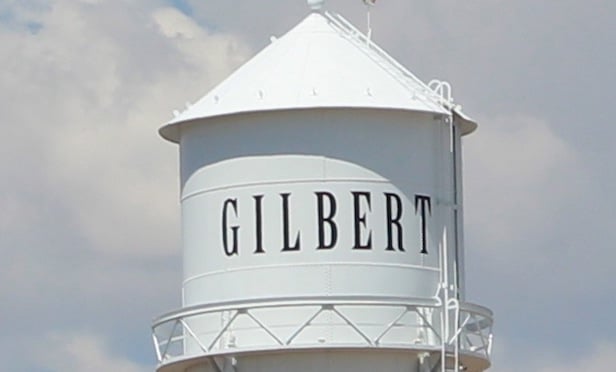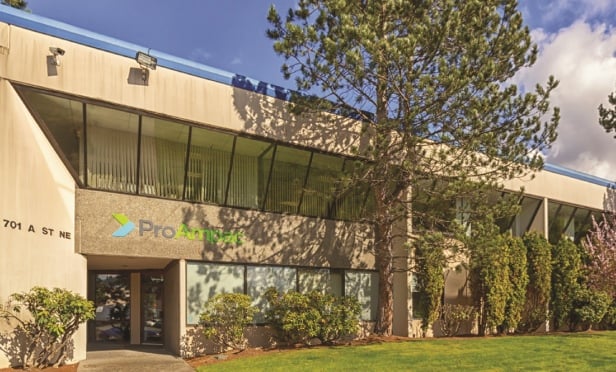WASHINGTON, DC-The Building Owners and Managers Association International’s 2012 Experience Exchange Report presents a mixed bag for the commercial real estate industry. On one hand the report, written in collaboration with the research firm Kingsley Associates, paints a positive picture of increasing rents and decreasing operating costs—thanks in large part to sustainability measures and a growth in leasing activity. On the hand, it also highlights higher taxes and more aggressive state and local tax authorities.
Fortunately, the former outweighs the latter, at least this year, Brian Green, BOMA’s CFO and VP of Finance, Administration, IT and Research, tells GlobeSt.com. “The increase in rental rates alone makes it a positive report,” he says. “It is a welcome indication that the industry is finally on the upswing.” Other elements in the report also point in that direction, Green says. “Overall this report is very encouraging to our members.”
This edition of EER showed a 2.5% increase in private-sector base-rent income, despite increases in operating and fixed expenses. Base rent for private building in the US rose to $22.15 per square foot in 2011, from $21.61 per square foot in 2010. Standard operating expenses were up 1.3% in 2011 and operating plus fixed expenses up 4.2%, yet there were modest increases in rental and total income of 2.7% and 1.7%, respectively. Last year’s income numbers, by contrast, dipped.
Green notes that “most of the increases came in the fixed and amortizable expense category—which relates to leasing activity.” Amortized tenant improvement costs in private buildings saw a 10% increase, from $2.09 per square foot in 2010 to $2.30 per foot in 2011.
The report also found that utility costs declined for the third consecutive year, by 2.5%, from $2.38 per square foot in 2010 to $2.32 per foot in 2011. “This is due to the industry continuing to hone its craft and operate their buildings as efficiently as possible.” The push to sustainability has been a big factor behind this, he adds.
The bad news comes in the difficulties members were having with state and local tax regimes and enforcement authorities, Green says. “Many of our members at the local level are struggling with jurisdictions that are really coming after commercial real estate industry for increased taxes,” he says. “This will be an ongoing issue for the next couple of years.”
The Experience Exchange Report data is based on the performance of more than 5,400 buildings, in 250 markets, across 125 cities in the US and Canada.
© Touchpoint Markets, All Rights Reserved. Request academic re-use from www.copyright.com. All other uses, submit a request to [email protected]. For more inforrmation visit Asset & Logo Licensing.







